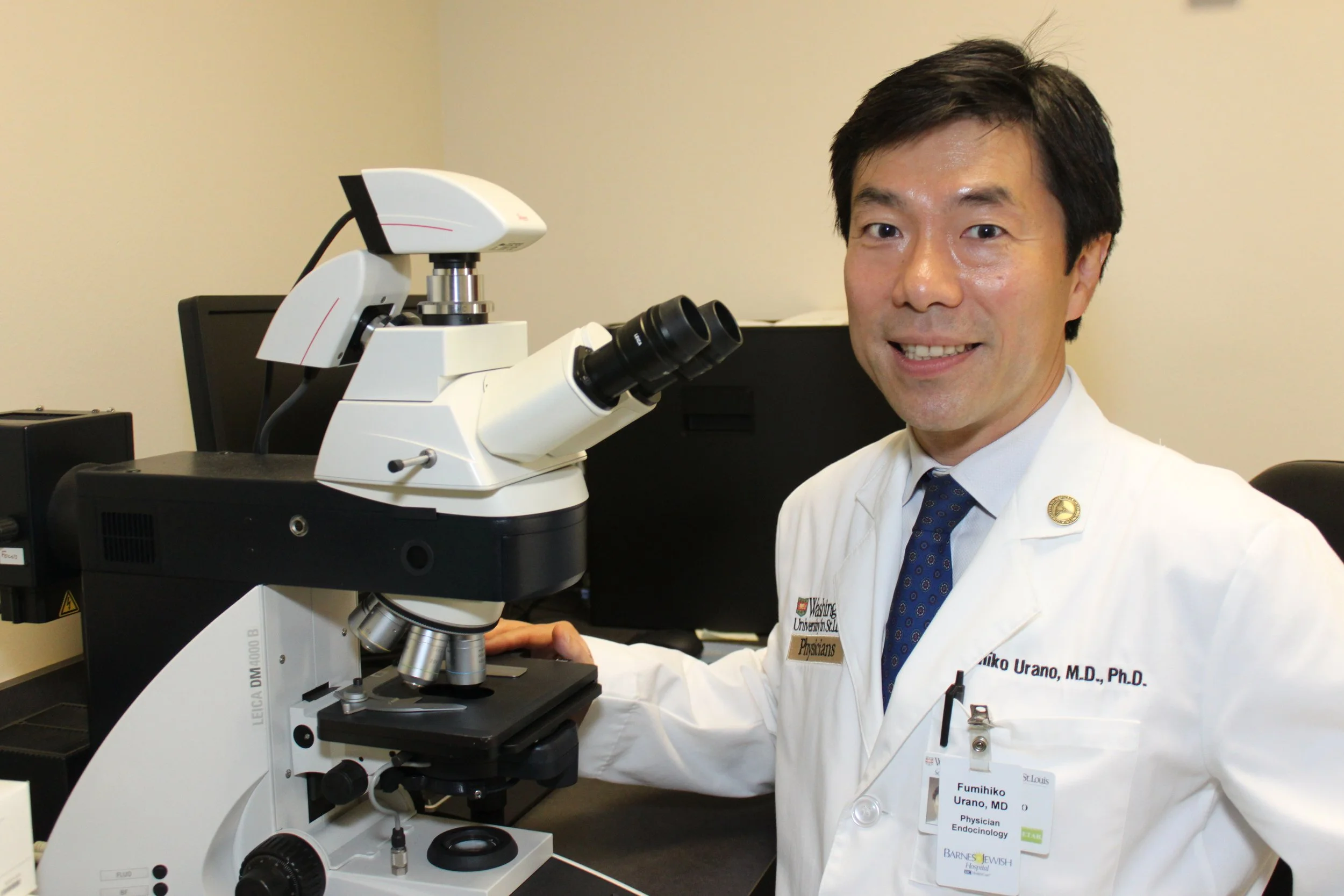The Washington University Lab Working to Cure Jewish Wolfram Syndrome
At Washington University School of Medicine in St. Louis, Missouri, a dedicated team of scientists is working to change the future for people living with Wolfram syndrome.
Led by Dr. Fumihiko (Fumi) Urano, MD, PhD, one of the world’s foremost experts on the condition, the lab has become a global center for research and clinical care, especially for families affected by the Ashkenazi Jewish variant of Wolfram syndrome.
The team at WashU Medicine is actively researching and developing novel therapies to target the Jewish Variant of Wolfram syndrome. These therapies could potentially take the form of oral medications or novel gene-editing approaches.
Dr. Fumihiko (Fumi) Urano, MD, PhD, Wolfram symdrome expert at the Wolfram Clinic at Washington University Medical Center.
